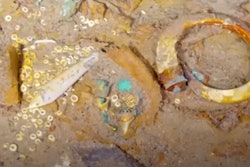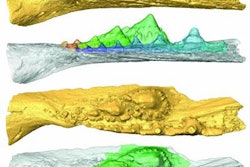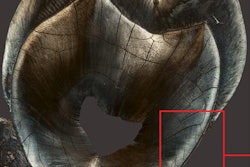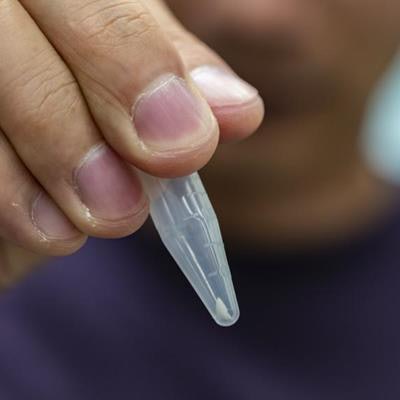
A piece of tooth helped a Florida man discover the type of shark that bit him more than two decades ago. Scientists ran a DNA test on the shark tooth, which the man retrieved from his foot.
Jeff Weakley was surfing off the coast of Northern Florida in 1994 when he was bitten by a shark he couldn't identify. Almost 25 years later, he opened a blister-like bulge on his foot and discovered part of a shark tooth.
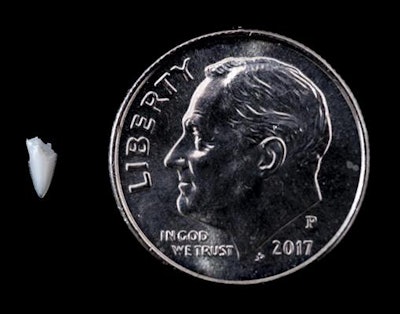 A piece of the shark tooth analyzed by researchers. All images courtesy of Kristen Grace of the Florida Museum of Natural History.
A piece of the shark tooth analyzed by researchers. All images courtesy of Kristen Grace of the Florida Museum of Natural History.Weakley originally planned to turn the tooth sliver into a necklace. Then he read how researchers from the Florida Museum of Natural History used DNA analysis on a different shark tooth to identify the species responsible for an attack.
"I was very excited to determine the identity of the shark because I'd always been curious," Weakley stated in a museum press release. "I was also a little bit hesitant to send the tooth in because for a minute I thought they would come back and tell me I'd been bitten by a mackerel or a houndfish -- something really humiliating."
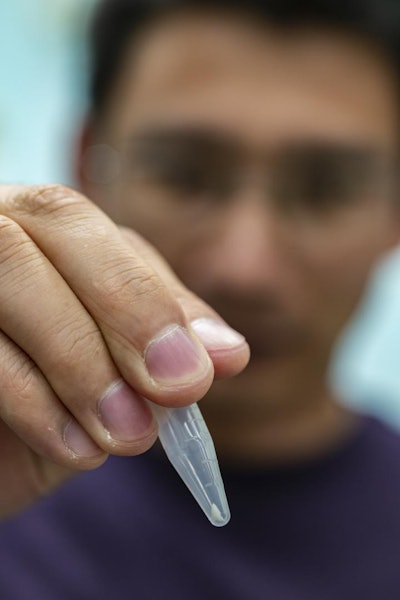 A researcher holds the shark tooth sliver.
A researcher holds the shark tooth sliver.Researchers from the museum's Florida Program for Shark Research opened the tooth and scraped pulp tissue from inside the cavity. They then extracted DNA from the tissue and analyzed it, searching for sequences that could identify the shark species.
The analysis revealed Weakley had been bitten by a blacktip shark (Carcharhinus limbatus). This type of shark is common in tropical and subtropical waters and is responsible for a number of bites in Florida.
Program Director Gavin Naylor, PhD, was surprised the tooth had any viable DNA left to analyze. He had suspected Weakley's immune system would have destroyed it by the time the tooth arrived at the lab.
"I had put our odds of success at slim to none," he stated.
As for Weakley, he got back in the water within weeks of the initial attack. He still regularly swims and fishes, and he has no hard feelings toward sharks.
"I certainly don't have a hatred of sharks or any feeling of vindictiveness toward them," he stated. "They're part of our natural world."




